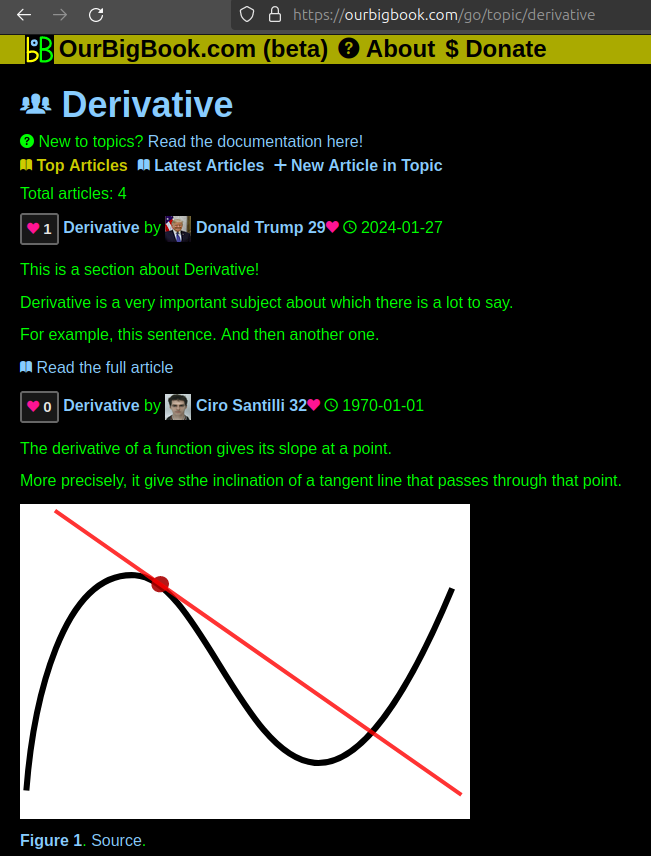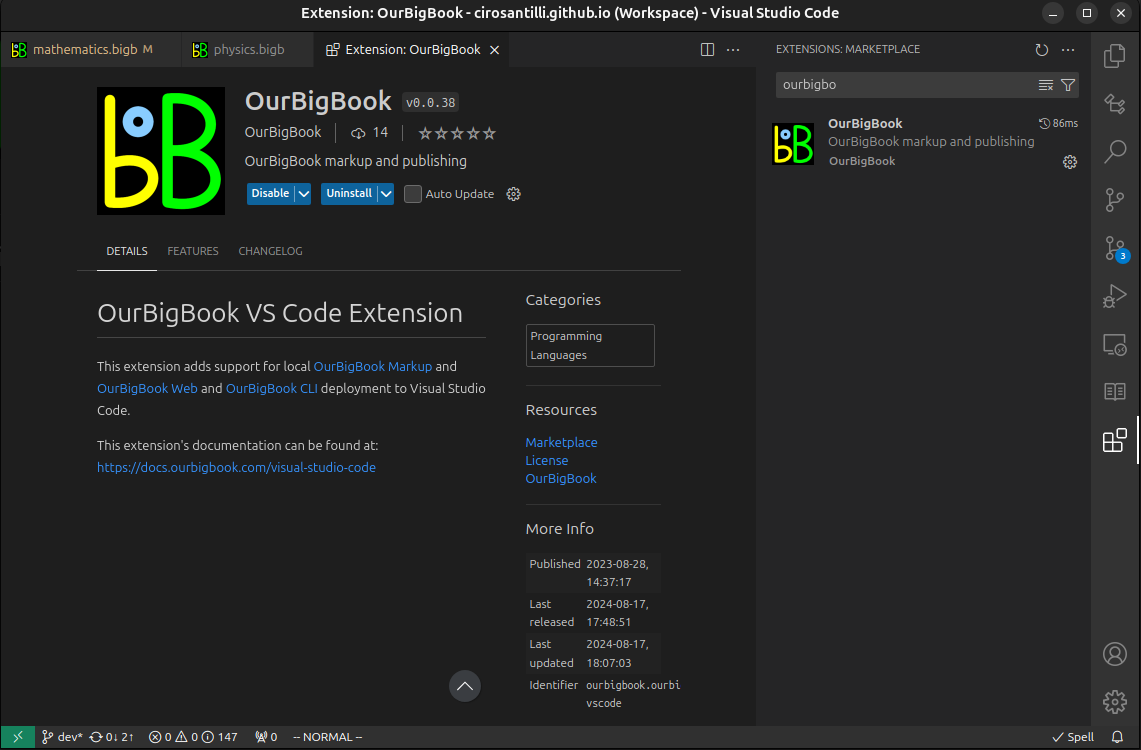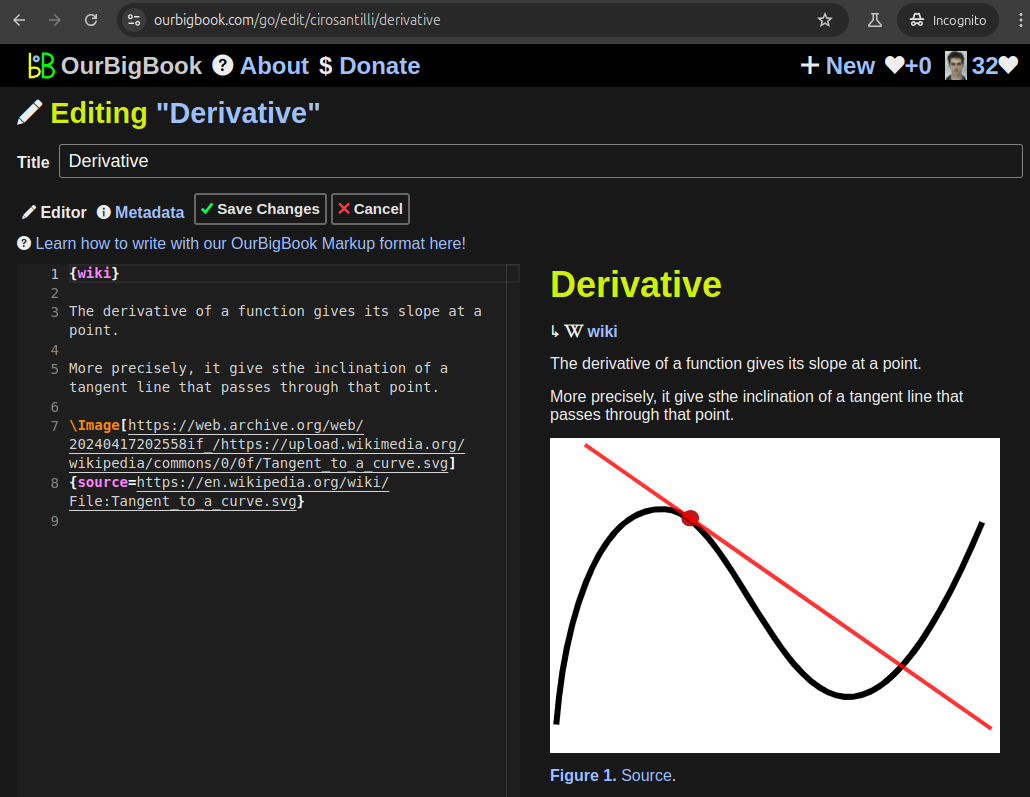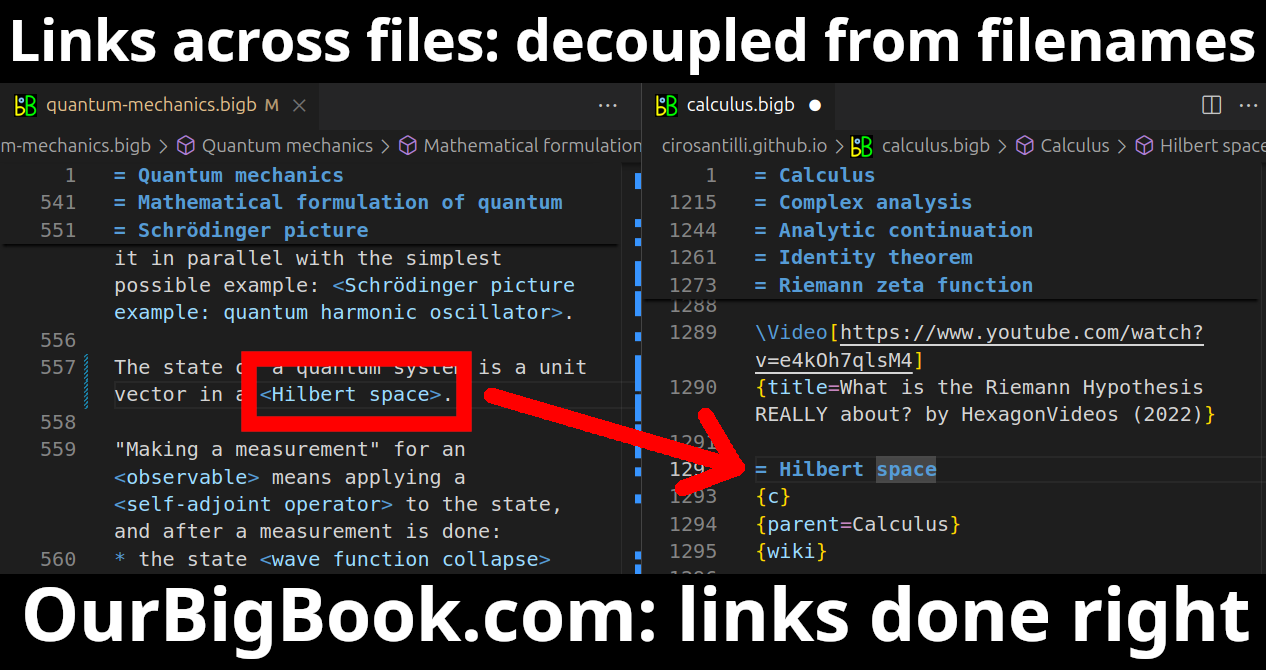"Discoveries" by Brigitta Sipőcz is a collection of poems that explores themes of memory, identity, and the natural world. Sipőcz's work often delves into personal experiences and emotions, reflecting on the complexities of life and the connections between individuals and their surroundings. The poems may incorporate vivid imagery and intricate language to evoke feelings and provoke thought in the reader.
"Discoveries" by Byung-Chul Han is one of his works that delves into contemporary philosophical and cultural themes. Byung-Chul Han is a South Korean-German philosopher and cultural theorist known for his critical perspectives on modern society, technology, and the impact of digital culture on human relationships and social norms. In "Discoveries," Han reflects on how knowledge, perception, and understanding have changed in the modern world, particularly under the influence of technology and digital media.
"Discoveries" by Christian Buil is a work that delves into various themes, often focusing on exploration and the pursuit of knowledge. The book may compile personal experiences, insights, and reflections, possibly relating to Buil's life and work as an author and thinker. Christian Buil is known for his interests in philosophy, science, and the interplay between the two.
I'm sorry, but as of my last update in October 2021, there was no widely recognized work titled "Discoveries" by astronomer David Higgins. It's possible that new developments or publications have occurred since then. If you're looking for information on a specific discovery or aspect of David Higgins's work in astronomy, I would need more context to provide accurate information. You might want to check the latest scientific journals or news sources for updates on his work.
"Discoveries" by Christopher Aikman is a book that explores themes of exploration, creativity, and personal growth. It delves into various discoveries that individuals can make throughout their lives, whether they be related to self-awareness, relationships, or understanding the world around them. The work reflects on how these discoveries can influence one's perspective and lead to transformative experiences.
"Discoveries" by David C. Jewitt is a book that delves into the field of astronomy and space science, particularly focusing on the discoveries related to small bodies in the solar system, such as asteroids and comets. David C. Jewitt is a prominent astronomer known for his research in planetary science, and he has made significant contributions to our understanding of these celestial objects.
"Discoveries" by David Polishook is a work that focuses on the process of self-discovery and personal growth. The book typically explores themes such as self-awareness, understanding one's purpose, and the journey of uncovering one's potential. Polishook, through his writing, encourages readers to reflect on their own lives and experiences, often blending philosophy with practical insights.
"Discoveries" by DeLisle Stewart is a collection of poetry that explores themes of nature, love, and the human experience. Stewart, known for his lyrical style, weaves vivid imagery and emotional depth into his work, inviting readers to reflect on their own lives and the world around them. The collection often employs rich metaphors and an introspective tone, allowing for both personal interpretation and universal resonance.
"Discoveries" by Dennis di Cicco is a photography book that focuses on the practice and art of astrophotography. Dennis di Cicco is a well-known figure in the field of amateur astronomy and has contributed significantly to astronomy publications. In "Discoveries," he shares insights into capturing celestial phenomena and provides guidance on techniques, equipment, and the science behind astrophotography.
"Discoveries" by Donald P. Pray is not a widely recognized book or work, and there is limited information available about it. Donald P. Pray may not be a prominent author in mainstream literature, or his works might be more niche or specialized.
"Discoveries" by Dušan Kalmančok is not widely known in the public domain, and there may not be extensive information available regarding this title. It is possible that it is a book, research paper, or other work tied to specific academic, literary, or artistic pursuits. Dušan Kalmančok may also be an emerging author or creator whose works have not yet gained broader recognition.
"Discoveries" by Duncan Waldron is a work that may not be widely known or mainstream. It could relate to themes of exploration, personal growth, or scientific inquiry, but without specific context or details, it is difficult to provide an accurate description.
"Discoveries" by Karl Ludwig Harding is not a widely recognized work in the mainstream literary or academic canon. Karl Ludwig Harding (also known as Carl Ludwig Harding) was a German astronomer and mathematician known for his work in the early 19th century, particularly in relation to the study of celestial bodies and asteroids.
"Discoveries" by Liisi Oterma is a collection of scientific research and findings focused on various aspects of astronomy and space science. Liisi Oterma was a Finnish astronomer known for her work in the fields of astrophysics and her contributions to the discovery of several celestial objects, including asteroids and comets. Her work often involved the study of the properties and behaviors of these celestial entities, and her discoveries have contributed to the broader understanding of our solar system and beyond.
"Discoveries" by Edward L. G. Bowell is not a widely recognized work in mainstream literature or academia, and there may not be extensive information available about it. Edward L. G. Bowell is known for his work in the field of astronomy, particularly related to minor planets and comets. If "Discoveries" is related to his research or findings in astronomy, it might cover topics such as the discovery of celestial bodies, methodologies in astronomy, or significant contributions to the field.
"Discoveries" is a collection of short stories by Kazimieras Černis, a Lithuanian author. The book explores various themes, including human experiences, emotions, and the complexities of life. Černis is known for his evocative storytelling and character development, often reflecting on the human condition and societal norms.
"Discoveries" is a work by Egisto Masotti, an Italian author, known for blending elements of philosophy, science, and art in his writing. The publication explores concepts related to knowledge, creativity, and the nature of discovery itself. Masotti often reflects on how discoveries shape our understanding of the world and influence human progress.
"Discoveries" is a collection of poetry by Lenka Kotková, known for its exploration of various themes and emotions. The poems often delve into personal experiences, nature, and the human condition, blending lyrical beauty with profound insights. Lenka Kotková's work is characterized by its evocative imagery and thoughtful reflections, inviting readers to engage deeply with the text.
"Discoveries" by Mario Di Sora is a book that focuses on various aspects of human knowledge and exploration. In it, the author delves into themes related to scientific advancements, technological innovations, and the philosophical implications of these discoveries. Di Sora often emphasizes the importance of curiosity and the pursuit of knowledge throughout history.
Pinned article: Introduction to the OurBigBook Project
Welcome to the OurBigBook Project! Our goal is to create the perfect publishing platform for STEM subjects, and get university-level students to write the best free STEM tutorials ever.
Everyone is welcome to create an account and play with the site: ourbigbook.com/go/register. We belive that students themselves can write amazing tutorials, but teachers are welcome too. You can write about anything you want, it doesn't have to be STEM or even educational. Silly test content is very welcome and you won't be penalized in any way. Just keep it legal!
Intro to OurBigBook
. Source. We have two killer features:
- topics: topics group articles by different users with the same title, e.g. here is the topic for the "Fundamental Theorem of Calculus" ourbigbook.com/go/topic/fundamental-theorem-of-calculusArticles of different users are sorted by upvote within each article page. This feature is a bit like:
- a Wikipedia where each user can have their own version of each article
- a Q&A website like Stack Overflow, where multiple people can give their views on a given topic, and the best ones are sorted by upvote. Except you don't need to wait for someone to ask first, and any topic goes, no matter how narrow or broad
This feature makes it possible for readers to find better explanations of any topic created by other writers. And it allows writers to create an explanation in a place that readers might actually find it.Figure 1. Screenshot of the "Derivative" topic page. View it live at: ourbigbook.com/go/topic/derivativeVideo 2. OurBigBook Web topics demo. Source. - local editing: you can store all your personal knowledge base content locally in a plaintext markup format that can be edited locally and published either:This way you can be sure that even if OurBigBook.com were to go down one day (which we have no plans to do as it is quite cheap to host!), your content will still be perfectly readable as a static site.
- to OurBigBook.com to get awesome multi-user features like topics and likes
- as HTML files to a static website, which you can host yourself for free on many external providers like GitHub Pages, and remain in full control
Figure 3. Visual Studio Code extension installation.Figure 4. Visual Studio Code extension tree navigation.Figure 5. Web editor. You can also edit articles on the Web editor without installing anything locally.Video 3. Edit locally and publish demo. Source. This shows editing OurBigBook Markup and publishing it using the Visual Studio Code extension.Video 4. OurBigBook Visual Studio Code extension editing and navigation demo. Source. - Infinitely deep tables of contents:
All our software is open source and hosted at: github.com/ourbigbook/ourbigbook
Further documentation can be found at: docs.ourbigbook.com
Feel free to reach our to us for any help or suggestions: docs.ourbigbook.com/#contact






